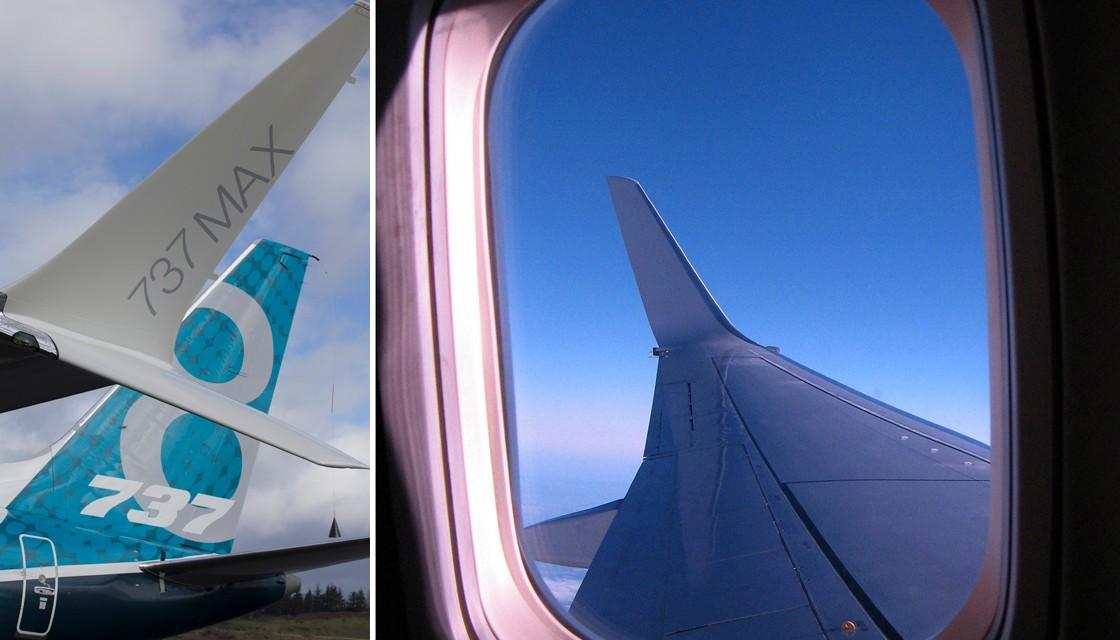Twenty years ago they were almost non-existent, but now winglets are a permanent feature on many of the most modern planes in our skies.
If you've ever looked out the window on a flight and wondered why the wing curves up at the end, here's all you need to know.
What is a winglet?

Winglets are the curved up part on the tip of an aircraft wing, so it's understandable many people call them 'wingtips.'
As for what they do, Cirium explains it like this: "Winglets help reduce drag by minimising the size of the vortex where high pressure and low-pressure areas meet at the wing tip. Lower drag results in better fuel efficiency and lower carbon emissions."
In short, winglets reduce drag and increase fuel efficiency.
On average they cut fuel consumption by four to six percent and also help reduce in-flight noise by up to six percent. Flight data released by Cirium reveals the impact of winglets varies greatly by aircraft type and route.
Do they actually work?
The Cirium data suggests that yes, winglets definitely increase the efficiency of aircraft.

According to the data, on average, Boeing 737-800s benefit the most from winglets. That aircraft model averages a 6.69 percent increase in efficiency and depending on the route receive fuel savings of between 4.6 percent to 10.5 percent.
Airbus A321s average a 4.8 percent improvement in fuel consumption, but have the widest swing based on routes and individual aircraft, achieving anywhere from 0.2 percent improvement to 10.75 percent.
Where it all began
In 1988, Boeing released the newest in its successful line of 747 aircraft, the 747-400. It was one of the first airliners to use its wingtips to improve fuel efficiency.

In 1997 Boeing's 'Next Generation' 737 aircraft also incorporated winglets. These were much larger than the ones seen on earlier Boeing aircraft and distinguished the 'Next Generation' 737s from their predecessors.

By this time, Airbus had included 'sharklets' in its modern aircraft. These achieved essentially the same thing, but had quite a different look to the winglets being used by their rivals at Boeing.

As research and technology progressed even further, the use of winglets became more and more common.

In 2009, Air New Zealand had winglets attached to its fleet of older Boeing 767s to increase their efficiency while the airline awaited the arrival of new aircraft from the manufacturer.

In 2013, Airbus launched the A350, an aircraft which has now become synonymous with winglet design due to the size and prominence of the tips of its wing.
